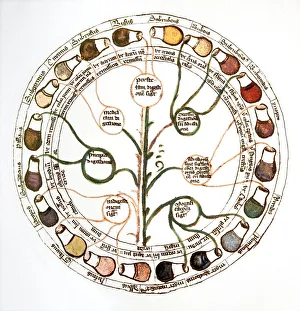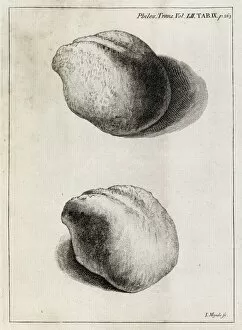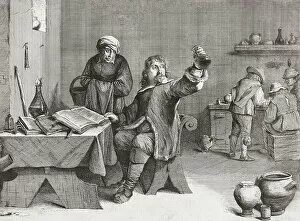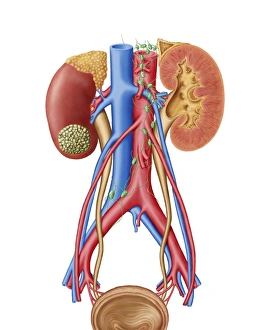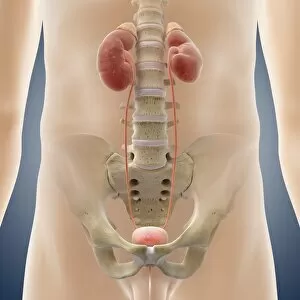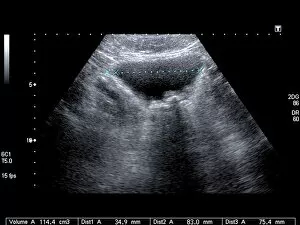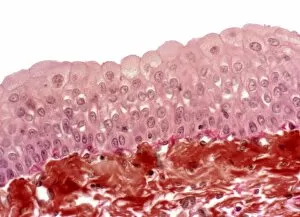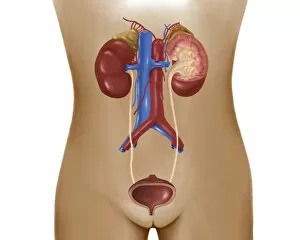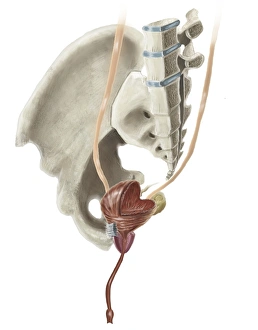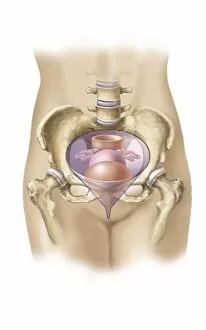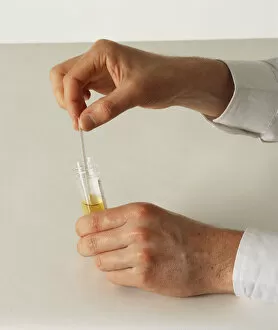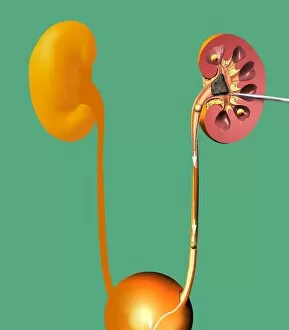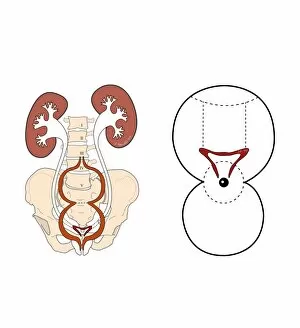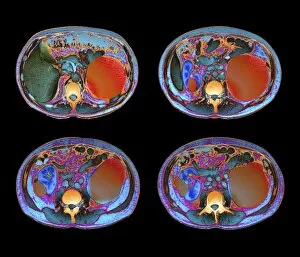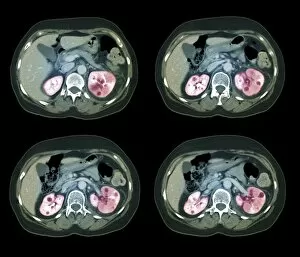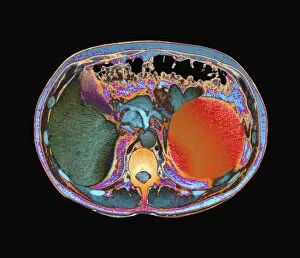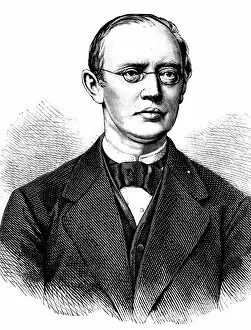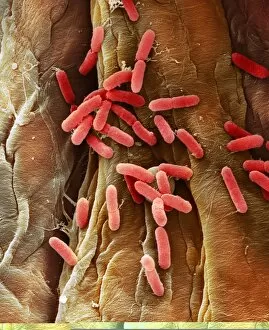Urology Collection
"Exploring the Evolution of Urology: From Medieval Urine Wheels to Modern Innovations" Urology
All Professionally Made to Order for Quick Shipping
"Exploring the Evolution of Urology: From Medieval Urine Wheels to Modern Innovations" Urology, a medical specialty dedicated to the study and treatment of disorders related to the urinary system, has come a long way throughout history. In medieval times, physicians relied on peculiar methods like urine wheels to diagnose ailments. Fast forward to the 18th century when kidney stones plagued individuals, causing excruciating pain until innovative procedures were developed. One such advancement was the Brown-Beurger cystoscope in 1909, which revolutionized urological examinations by allowing direct visualization of the bladder and urethra. This breakthrough paved the way for remarkable surgeons like Professor Felix Guyon from France who made significant contributions in this field during his time. Joaquín Albarrán y Domínguez, a Cuban physician from 1860 - 1912, also played an essential role in urology's progress. His expertise helped shape modern techniques used today. Even back in the 17th century, doctors examined flasks as they sought ways to understand urinary diseases better. As technology advanced further into modern times, diagnostic tools improved significantly. For instance, X-ray cystography revealed full bladders with exceptional clarity while aiding in identifying early-stage kidney cancer tumors visible on kidneys themselves. Artwork depicting male urinary systems showcases intricate anatomical details that have been studied meticulously over centuries. Additionally, light micrographs capturing bladder epithelium provide invaluable insights into cellular structures within this vital organ. Today's urologists continue building upon these foundations laid by their predecessors through cutting-edge research and surgical interventions aimed at improving patients' lives worldwide. With each passing year comes new discoveries and advancements that push boundaries even further – all thanks to those who dedicated their lives to unraveling the mysteries of urology.

